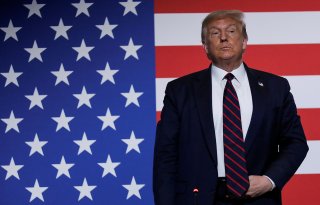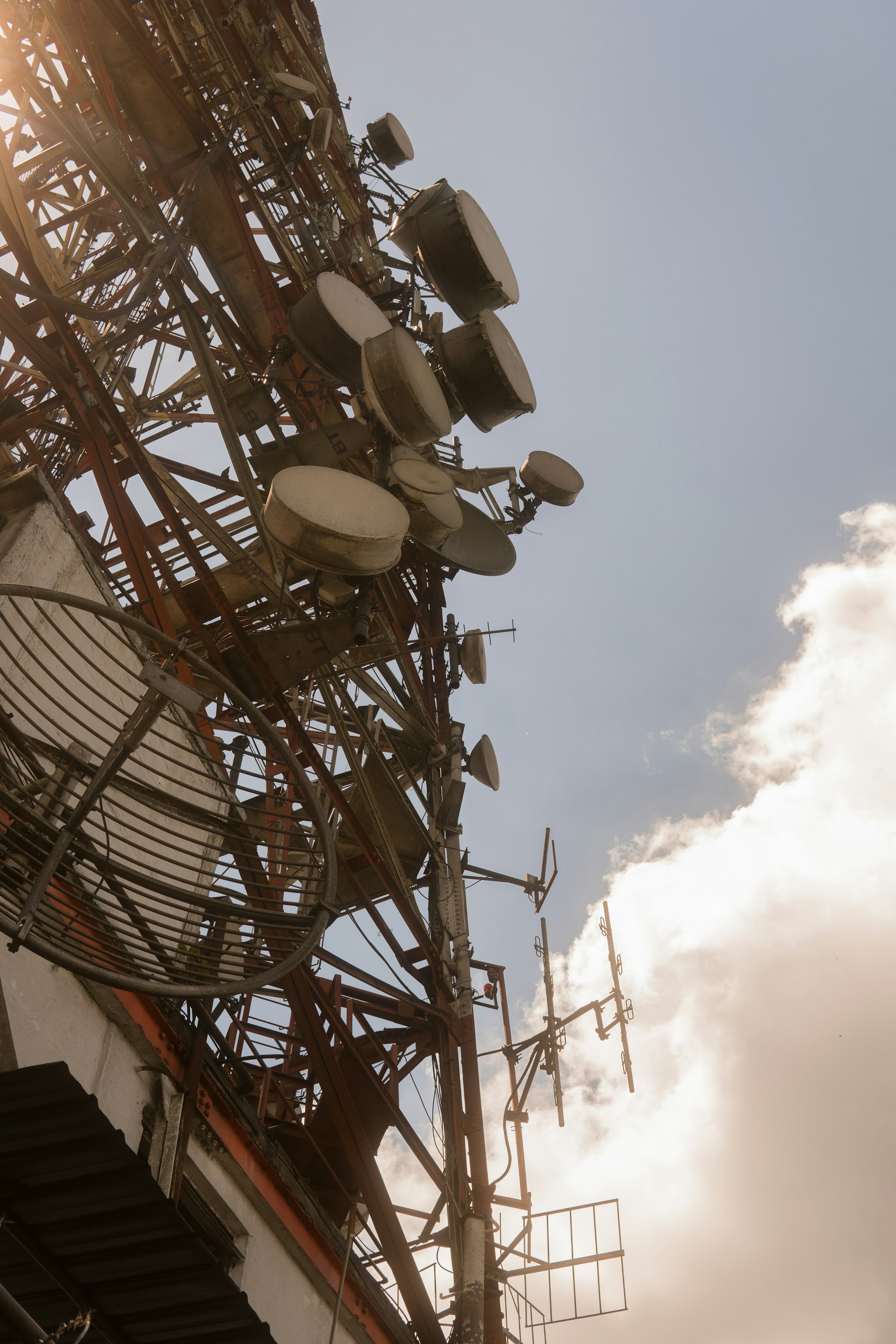by Manpreet Sethi
Introduction

China has been a nuclear-weapon state for slightly more than five decades. Beijing has approached nuclear deterrence from a minimalist perspective, eschewing large stockpiles and launch-on-warning or launch-under-attack postures even when faced with two antagonistic superpowers. Embracing no–first-use and emphasizing the political nature of the weapon, China has maintained a low nuclear profile and a relaxed pace of modernization. Over the last decade, however, Beijing’s nuclear modernization programs have picked up in speed and variety, including operationalization of the new Jin-class nuclear-powered submarines; deployment of multiple independently targetable re-entry vehicles (MIRVs); and perhaps maneuverable re-entry warheads atop its missiles; dual-use cruise missiles; research and development of hypersonic missiles; and the fast-expanding use of space capabilities to improve intelligence, surveillance, and reconnaissance (ISR). How far these developments will take China from its long-articulated minimalist deterrence strategy is unclear.
India is about to complete two decades as a nuclear armed state. This period has been spent operationalizing its nuclear deterrent: building a modest stockpile of an estimated 110-120 warheads, testing and inducting missiles of variable ranges, and moving toward a tentative triad capability with its first nuclear-powered submarine, the INS Arihant. These activities are based on a nuclear doctrine that India’s National Security Advisory Board (NSAB) drafted in August 1999, and which was subsequently endorsed, retaining most of its features, by the Indian government in 2003. The doctrine made it clear that India would develop “sufficient, survivable, and operationally prepared nuclear forces, a robust command and control system, effective intelligence, and early warning capabilities”1 to ensure “maximum credibility, survivability.”2 Survivability was emphasised through a “combination of multiple redundant systems, mobility, dispersion and deception.”3 Under this plan, India has built a credible arsenal and a set of requisite capabilities to satisfy its concept of credible minimum deterrence (CMD).



/cloudfront-us-east-1.images.arcpublishing.com/mco/JYYPY2UYXJA3LDQCDYU47JMJBM.jpg)









